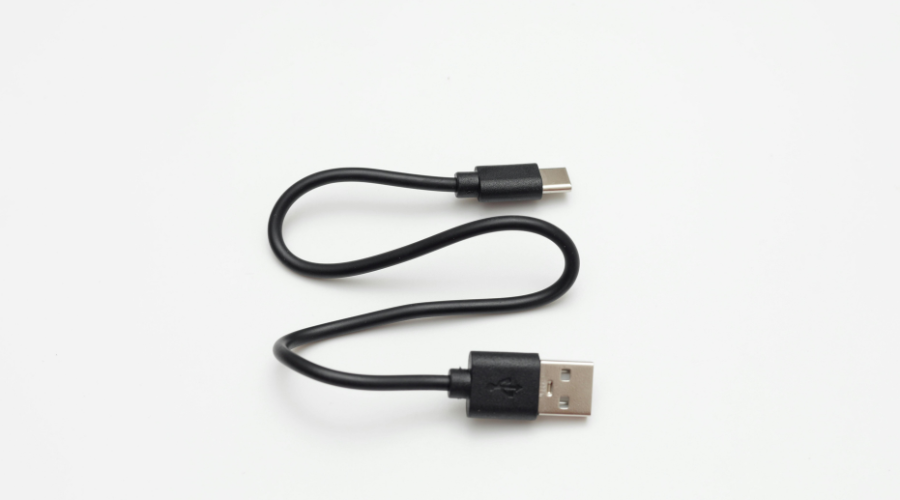
Cable
Japanese Name
けーぶる
keeburu
Description
- A cable is a bundle of wires used to transmit electricity or data.
- They can carry electrical power, internet signals, or television broadcasts.
- Cables are made with metal conductors (like copper) and insulated coverings.
- There are many types, including power cables, coaxial cables, and fiber optics.
- They vary in thickness, flexibility, and purpose depending on their use.
- Cables are essential in homes, industries, transportation, and communications.
- Fiber optic cables use light to send data at high speeds over long distances.
- Modern wireless technology still often depends on wired cable infrastructure.
History
- The concept of the cable dates back to early electrical experiments in the 18th century.
- In the 19th century, cables were used for telegraph communication across continents.
- The first transatlantic cable was laid in 1858, connecting Europe and North America.
- With electrification, power cables became key for delivering electricity to homes.
- Coaxial cables were developed in the 20th century for radio and television.
- Later, fiber optic cables revolutionized telecommunications in the 1970s and beyond.
- Today, undersea cables connect the global internet across oceans.
- Cables continue to evolve with new materials and faster transmission capabilities.
Learn more Japanese words?
Play our free typing game and master Hiragana & Vocabulary in a Zen atmosphere. 🍵
🎮 Play Game